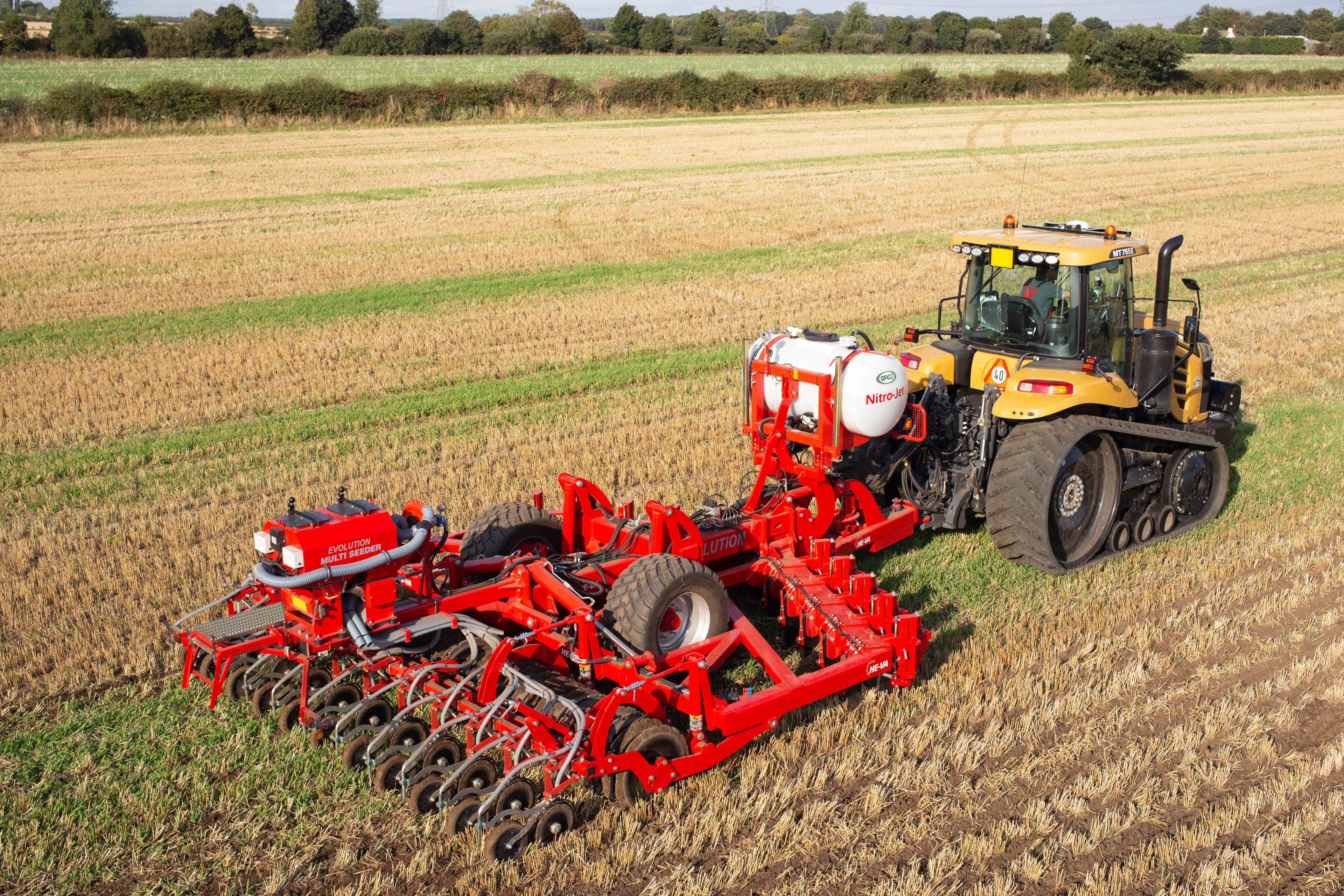
Author
| 7th September 2023Tags
We Highly Recommend:
OSR
DK Exsteel
DK Exsteel is the first choice for those who want proven consistency at the highest level of performance, and one of the best varieties for later as well as main season sowing.
Read moreOSR
DK Exstar
Continuing to prove the value of all-round agronomic strength with reliable trial and farm performance at the highest level.
Read moreTop Establishment Tips for Successful September Sowing
September-sown winter oilseed rape can be just as productive as earlier plantings, if not more so; especially, if particular care is taken with a number of establishment management priorities identified by Bayer commercial technical manager, Tom Sowerby.
“Many growers find sowing well into the middle of the month – and in some cases beyond – far better than rushing to get OSR into the ground as early as possible,” he insists. “Not least in avoiding crops emerging into the late August/early September peak of CSFB migration, and reducing the time available for egg-laying and consequent larval burdens.
“Later sowing also reduces any threat from soil-borne diseases like clubroot while delaying light leaf spot infections. And it gives more time ahead of planting to address any soil structural issues, incorporate organic manures, establish nurse or companion crops, and tackle problem grassweeds with Roundup.
“Yes, temperatures as well as daylight hours can drop markedly as we go through September. But, in marked contrast to last season, most soils have plenty of moisture alongside sufficient warmth for rapid germination and early crop development this time around. With the much more open autumns and early winters we’re getting these days too there is more than enough time to establish resilient and productive canopies ahead of winter.”
More than ever, Mr Sowerby stresses that the key to success with September sowing is to get crop up and away fast enough to out-grow any pest threats – be they insect or slug. Which, in his experience means a particular focus on eight establishment essentials.
Eliminating the compaction particularly harmful to OSR rooting through well-targeted subsoiling, preferably with the least soil disturbance to preserve soil moisture.
If not removed, thoroughly chopping and evenly spreading cereal straw from the previous crop to minimise interference with drilling and reduce slug shelter.
3: Using well-proven hybrids like DK Exsteel, DK Exstar, and DK Extremus that have particularly fast rates of autumn development as well as the greatest establishment vigour.
4: Whatever the establishment regime, sowing at a consistently shallow depth through coulters into well-firmed soil for the most even and rapid crop emergence.
Prioritising seedbed nitrogen and phosphate, especially where minimal tillage and/or previous crop residues temporarily restrict available nutrients.
Resisting the temptation to increase seed rates more than marginally to avoid higher-than-ideal plant populations, reduced productivity and thinner, weaker-stemmed crops.
Rolling effectively soon after drilling, wherever possible, to improve seed-to-soil contact, preserve moisture and restrict slug activity.
Applying carefully-targeted ferric phosphate pellets within 24-48 hours of sowing – twice where necessary – to tackle particular slug problems.
“We must get away from calendar date thinking where OSR drilling is concerned,” he concludes. “It’s conditions that really count in getting the crop as well established as it can be for the greatest resilience, not to mention the least worry through the season.
“There’s plenty of evidence that crops sown well after the end of August can be every bit as productive as those sown earlier. Getting the key essentials of OSR establishment right is arguably more critical with September sowing, but there again it gives us more time to do so, outside the inevitable rush and hassle of harvest.”
We Highly Recommend:
OSR
DK Exsteel
DK Exsteel is the first choice for those who want proven consistency at the highest level of performance, and one of the best varieties for later as well as main season sowing.
Read moreOSR
DK Exstar
Continuing to prove the value of all-round agronomic strength with reliable trial and farm performance at the highest level.
Read more